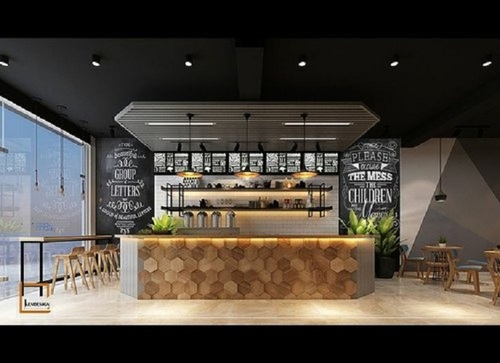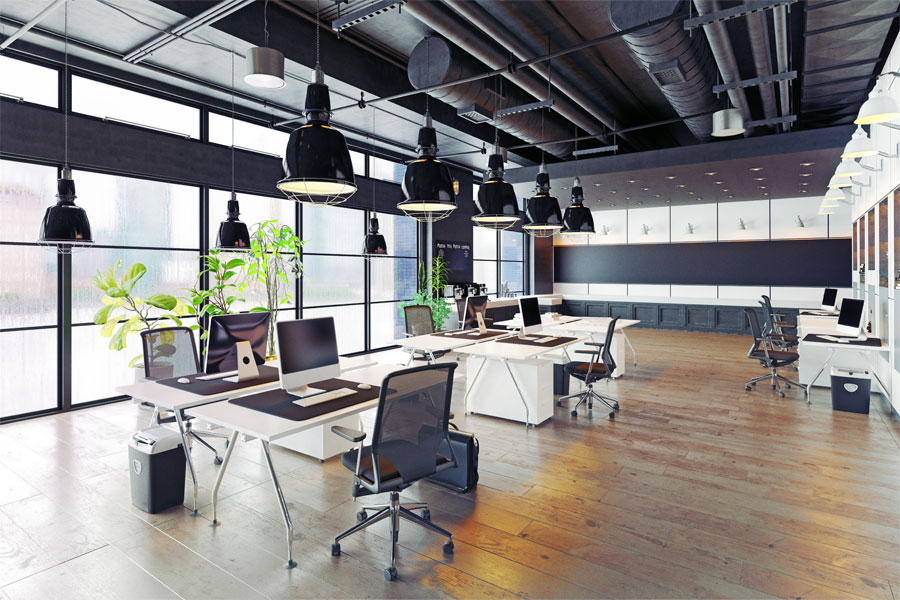In the dynamic realm of commercial interior design, staying ahead of the curve is crucial. Businesses are continuously seeking innovative ways to enhance their spaces, creating memorable experiences, and fostering productivity. Future-proofing commercial interiors involves not only addressing current needs but also anticipating emerging trends that will shape the way we work, dine, and interact in commercial settings.
Anticipating Shifts in Workspace Dynamics
Commercial interior design is witnessing a paradigm shift as traditional office layouts give way to more flexible and adaptable spaces. With remote work becoming increasingly prevalent, offices are transforming into collaborative hubs that prioritize interaction and creativity. Incorporating modular furniture, versatile layouts, and agile workstations is essential to accommodate changing work dynamics. By embracing these trends, commercial interior design can cater to the evolving needs of modern businesses.
The Rise of Biophilic Design
Incorporating elements of nature into commercial interiors is a growing trend known as biophilic design. Studies have shown that integrating natural elements such as plants, natural light, and organic materials can improve productivity, reduce stress, and enhance overall well-being in commercial spaces. By infusing biophilic elements into office environments, commercial interior design can create healthier and more inspiring workplaces that resonate with employees and visitors alike.
Technology Integration and Smart Spaces
The integration of technology is revolutionizing commercial interior design, offering innovative solutions to enhance user experiences and streamline operations. From interactive displays and smart lighting systems to automated controls and IoT-enabled devices, technology is reshaping the way we interact with commercial spaces. By embracing these advancements, designers can create immersive environments that cater to the needs of tech-savvy consumers and businesses.
Sustainable Practices and Eco-Friendly Solutions
As environmental consciousness grows, sustainability has become a key consideration in commercial interior design. From energy-efficient lighting and eco-friendly materials to waste reduction strategies and green building certifications, there is a growing demand for sustainable practices in commercial spaces. By adopting environmentally responsible design principles, commercial interior’s design can minimize its ecological footprint while creating spaces that promote health, wellness, and sustainability.
The Power of Branding and Storytelling
In an increasingly competitive marketplace, branding and storytelling have become integral components of commercial interior design. By leveraging elements of branding, color psychology, and spatial storytelling, designers can create immersive environments that reflect the ethos and identity of businesses. From corporate offices to retail establishments, the power of branding and storytelling can elevate the overall customer experience and leave a lasting impression on visitors.
Conclusion
In conclusion, future-proofing commercial spaces requires a forward-thinking approach that anticipates emerging trends and embraces innovation. By incorporating flexible layouts, biophilic elements, technology integration, sustainable practices, and effective branding strategies, commercial interior’s design can create spaces that are not only aesthetically pleasing but also functional, engaging, and future-ready. As businesses continue to evolve, so too must the spaces they inhabit, and by staying ahead of the curve, commercial interior design can play a pivotal role in shaping the future of work, dining, and commerce.





